How did this metal film 1 uF 630 VDC polystyrene capacitor survive having a nail driven through it while under a voltage of 122 VAC? It is part of UL testing for potential X or Y grade capacitors, which it MUST pass to be put on UL's approval list. The starting value was 980 nF. After being pierced by a nail, the capacitance was 956 nF, so some damage was done.
Thanks to Alexander for tracking this down. UL tends to be very secretive about such details.
UL 1449 REV 09162013, SURGE PROTECTIVE DEVICES Effective March 11, 2016 Third Edition
59F. New section added;
Capacitor Failure Test
59F.1 If required by the Exception of 25.3, capacitors employed in Type 1 SPDs shall be permanently mechanically (driving a nail through the capacitor where the nail should not short out the capacitor to ground nor reduce spacings to other electrical paths) or electrically (as specified in 10.2.2 of UL 810) failed and three samples tested at the short circuit current rating of the SPD in accordance with the Short Circuit Current Rating Test procedure covered by Clauses 39.2.1 to 39.2.4.
Permanent failure of a capacitor is demonstrated by the flow of short circuit current until interrupted by an overcurrent protection device or for 3 full cycles.
59F.2 Capacitors rated 1 uF or less may be failed in accordance with 59F.1, or may be replaced with jumper wire having a minimum gauge size equal to the capacitor leads. The jumper wire shall not open during testing.
